 Image 1 of 100
Image 1 of 100

 Image 2 of 100
Image 2 of 100

 Image 3 of 100
Image 3 of 100

 Image 4 of 100
Image 4 of 100

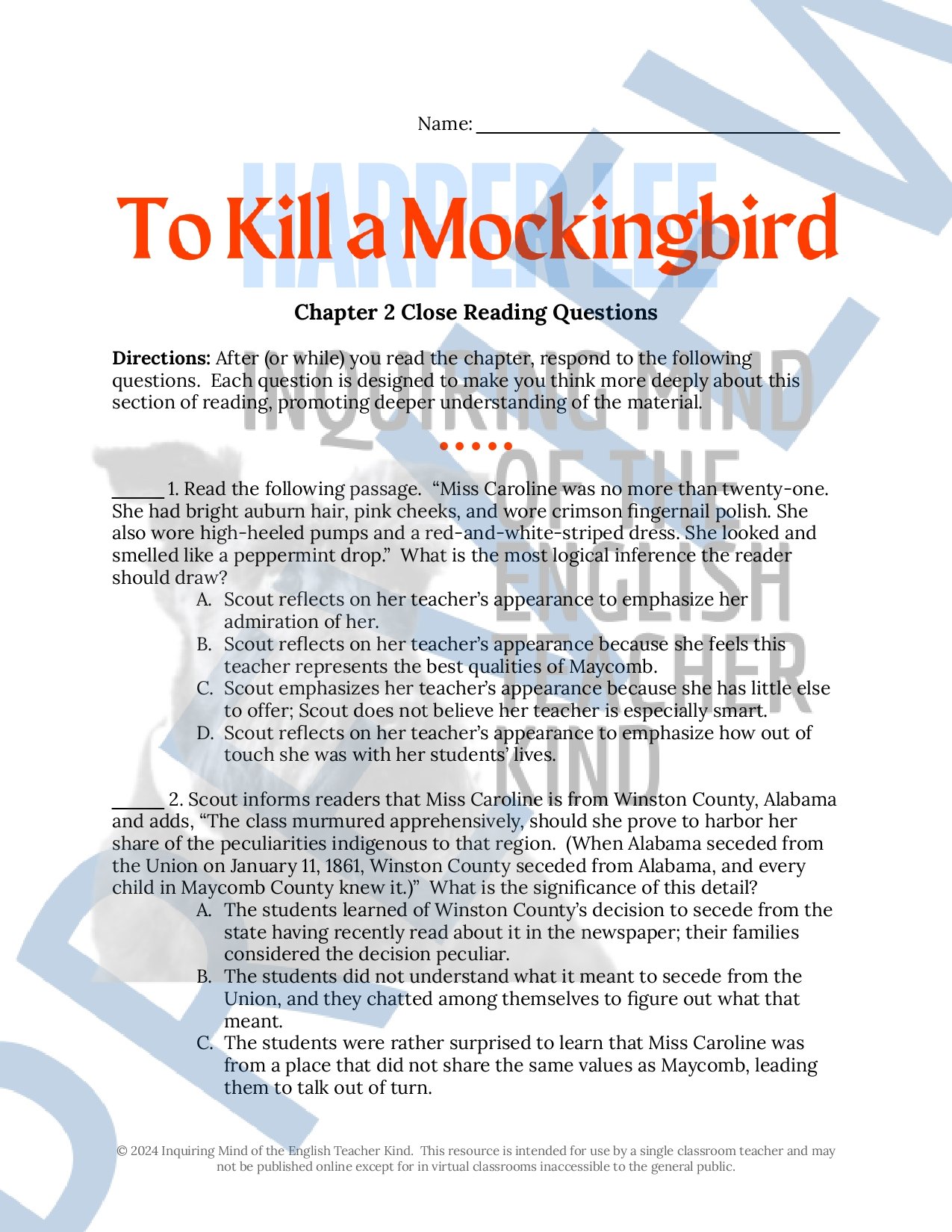 Image 5 of 100
Image 5 of 100

 Image 6 of 100
Image 6 of 100

 Image 7 of 100
Image 7 of 100

 Image 8 of 100
Image 8 of 100

 Image 9 of 100
Image 9 of 100

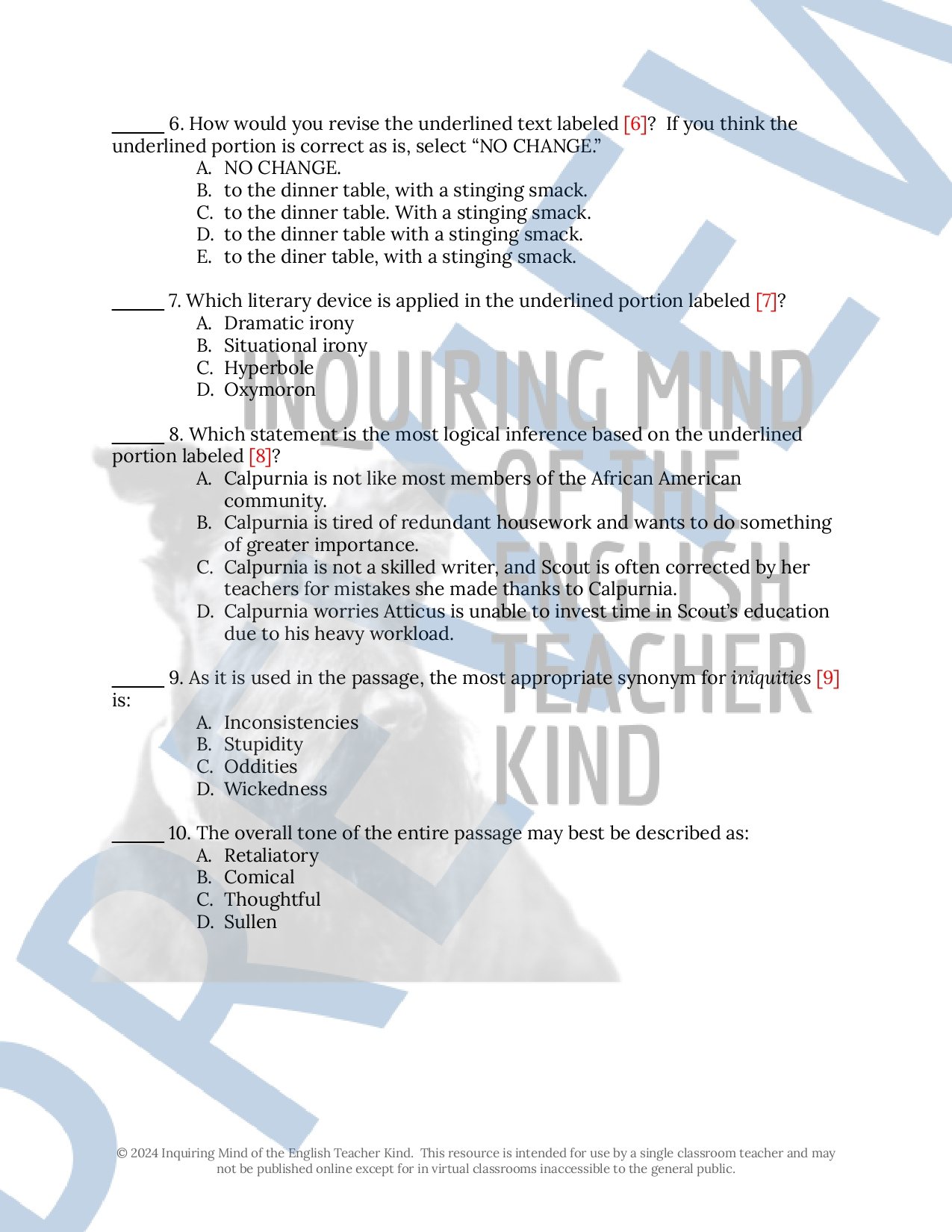 Image 10 of 100
Image 10 of 100

 Image 11 of 100
Image 11 of 100

 Image 12 of 100
Image 12 of 100

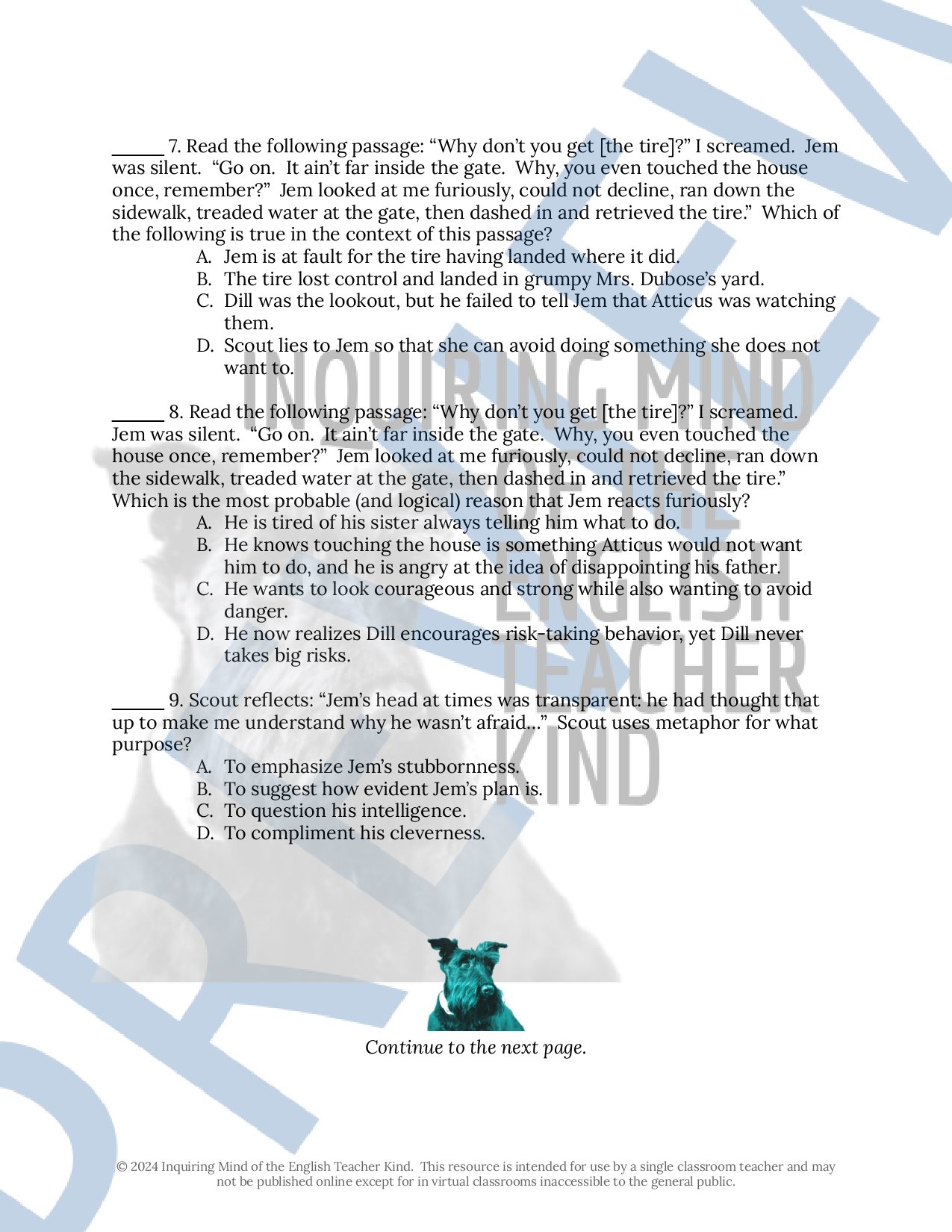 Image 13 of 100
Image 13 of 100

 Image 14 of 100
Image 14 of 100

 Image 15 of 100
Image 15 of 100

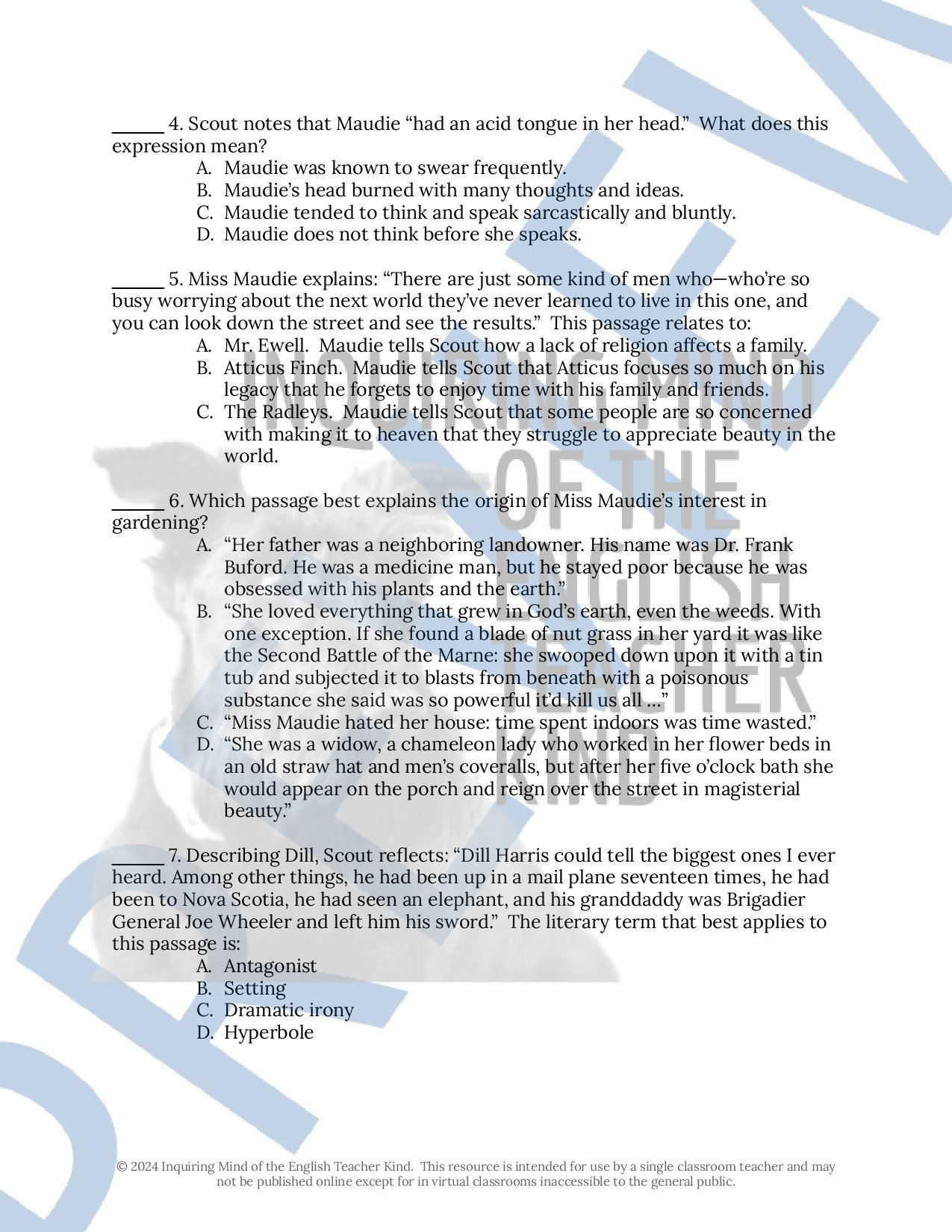 Image 16 of 100
Image 16 of 100

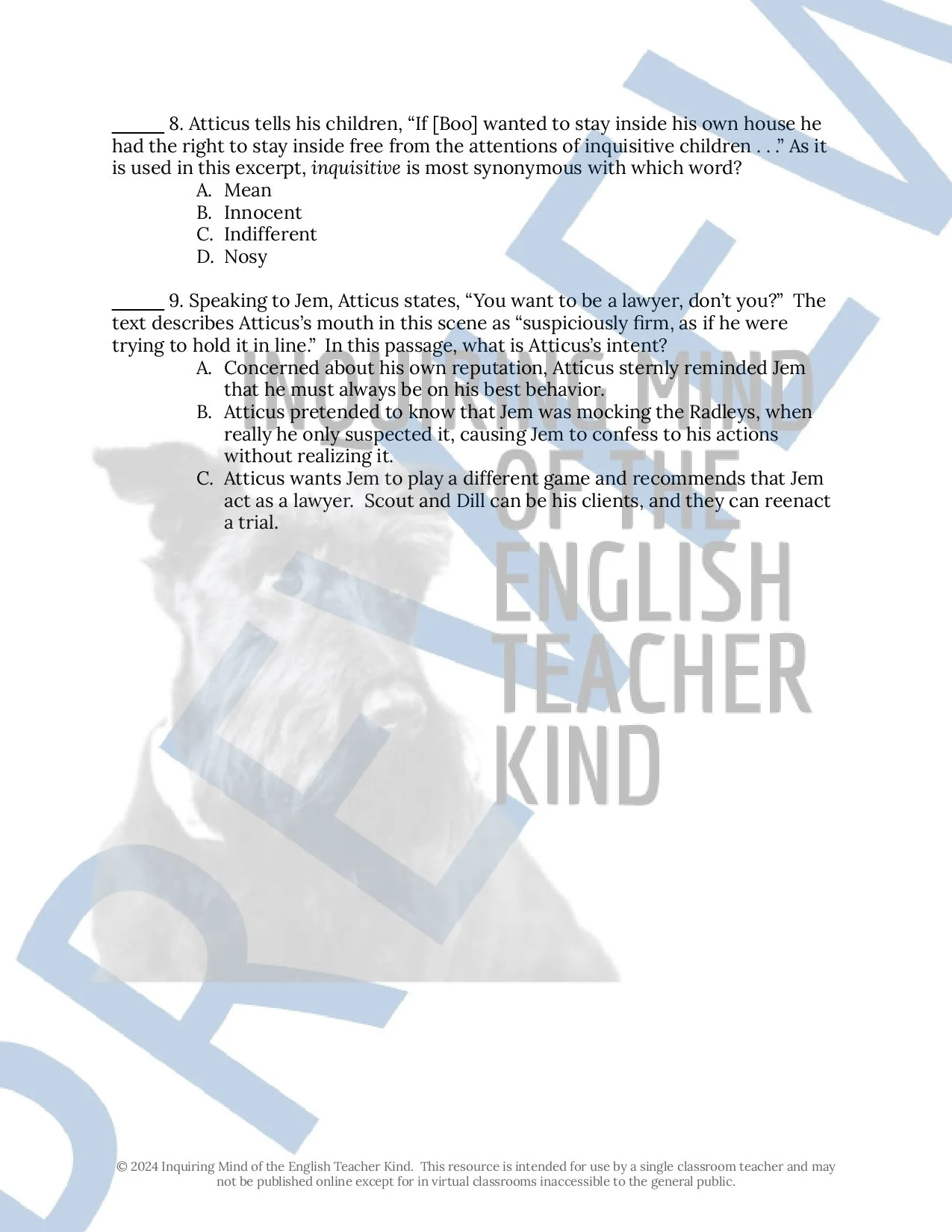 Image 17 of 100
Image 17 of 100

 Image 18 of 100
Image 18 of 100

 Image 19 of 100
Image 19 of 100

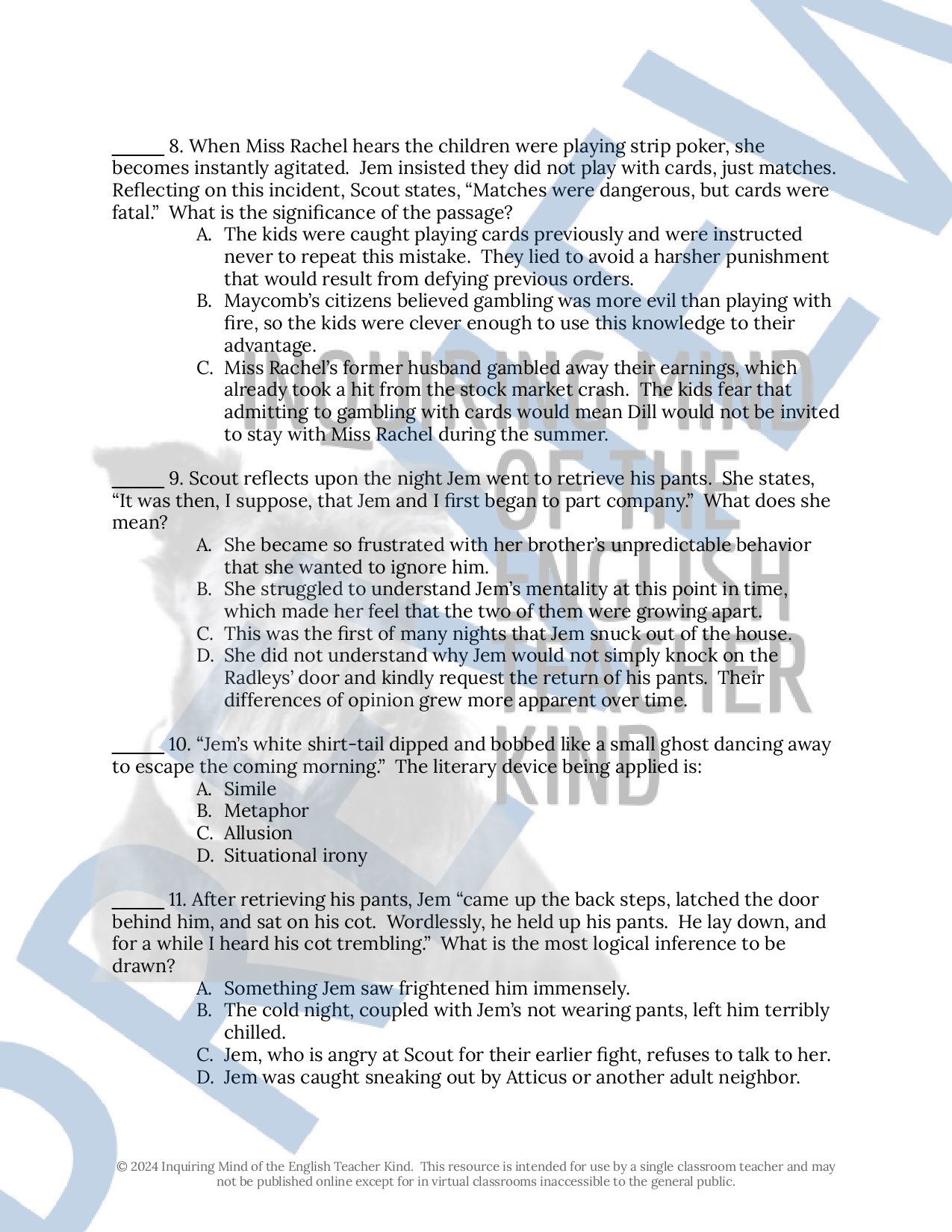 Image 20 of 100
Image 20 of 100

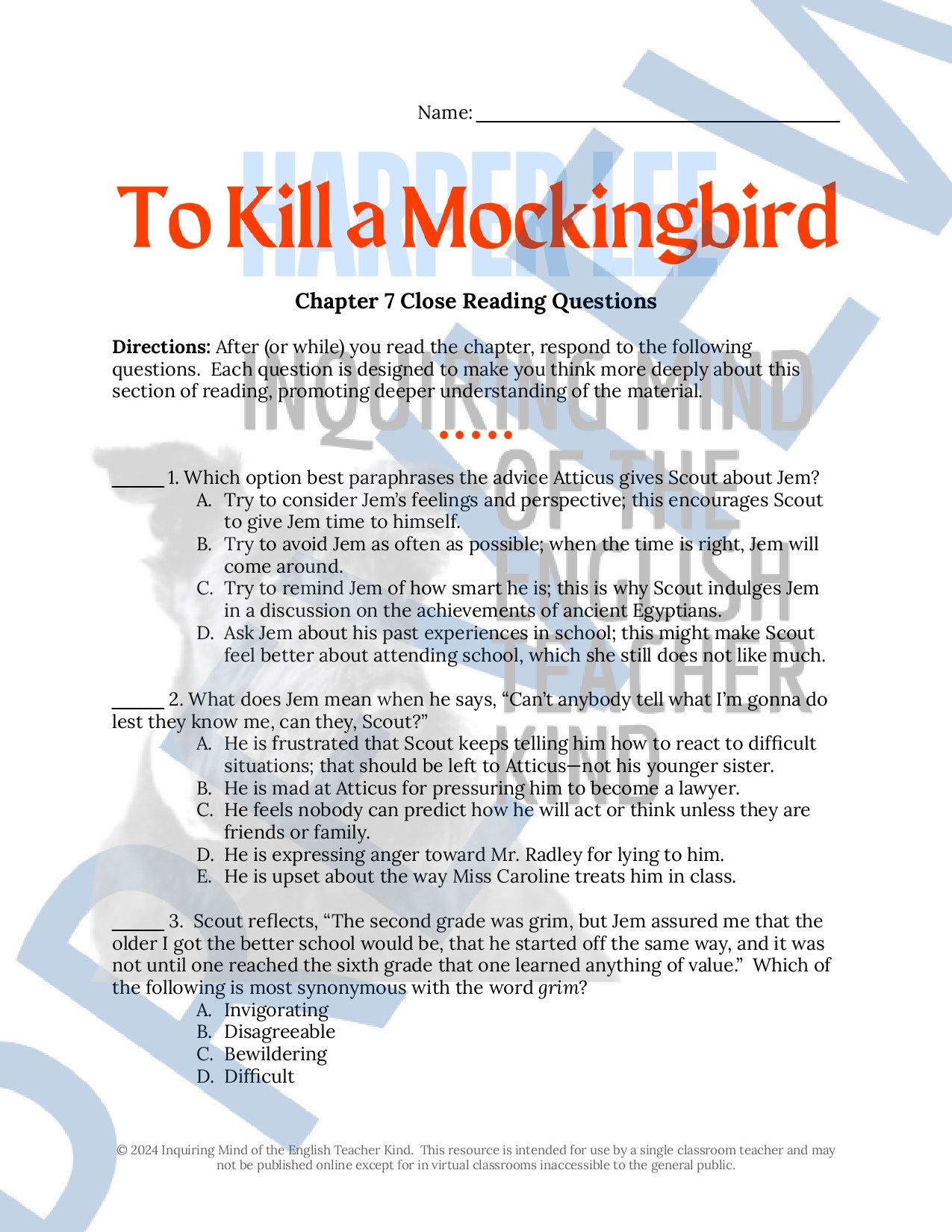 Image 21 of 100
Image 21 of 100

 Image 22 of 100
Image 22 of 100

 Image 23 of 100
Image 23 of 100

 Image 24 of 100
Image 24 of 100

 Image 25 of 100
Image 25 of 100

 Image 26 of 100
Image 26 of 100

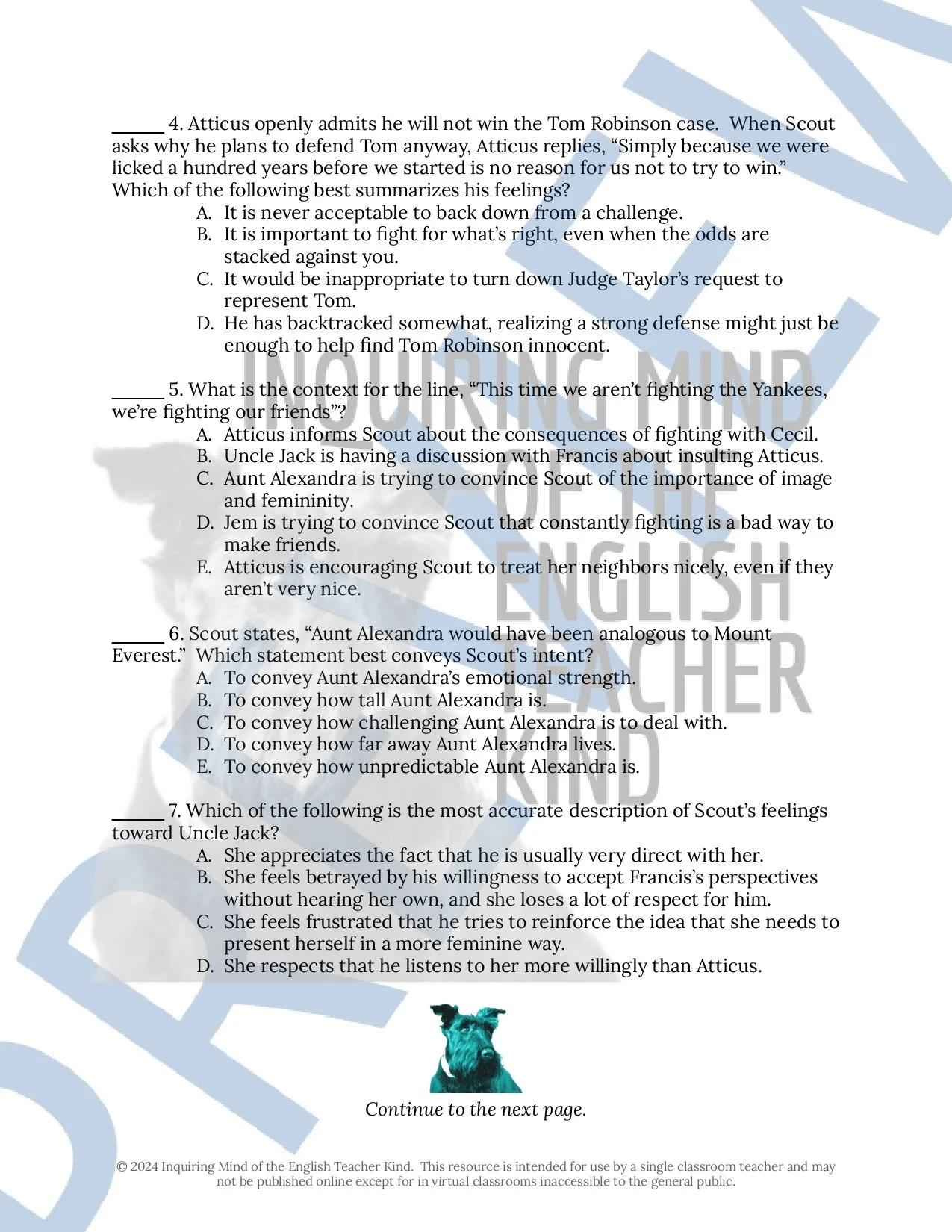 Image 27 of 100
Image 27 of 100

 Image 28 of 100
Image 28 of 100

 Image 29 of 100
Image 29 of 100

 Image 30 of 100
Image 30 of 100

 Image 31 of 100
Image 31 of 100

 Image 32 of 100
Image 32 of 100

 Image 33 of 100
Image 33 of 100

 Image 34 of 100
Image 34 of 100

 Image 35 of 100
Image 35 of 100

 Image 36 of 100
Image 36 of 100

 Image 37 of 100
Image 37 of 100

 Image 38 of 100
Image 38 of 100

 Image 39 of 100
Image 39 of 100

 Image 40 of 100
Image 40 of 100

 Image 41 of 100
Image 41 of 100

 Image 42 of 100
Image 42 of 100

 Image 43 of 100
Image 43 of 100

 Image 44 of 100
Image 44 of 100

 Image 45 of 100
Image 45 of 100

 Image 46 of 100
Image 46 of 100

 Image 47 of 100
Image 47 of 100

 Image 48 of 100
Image 48 of 100

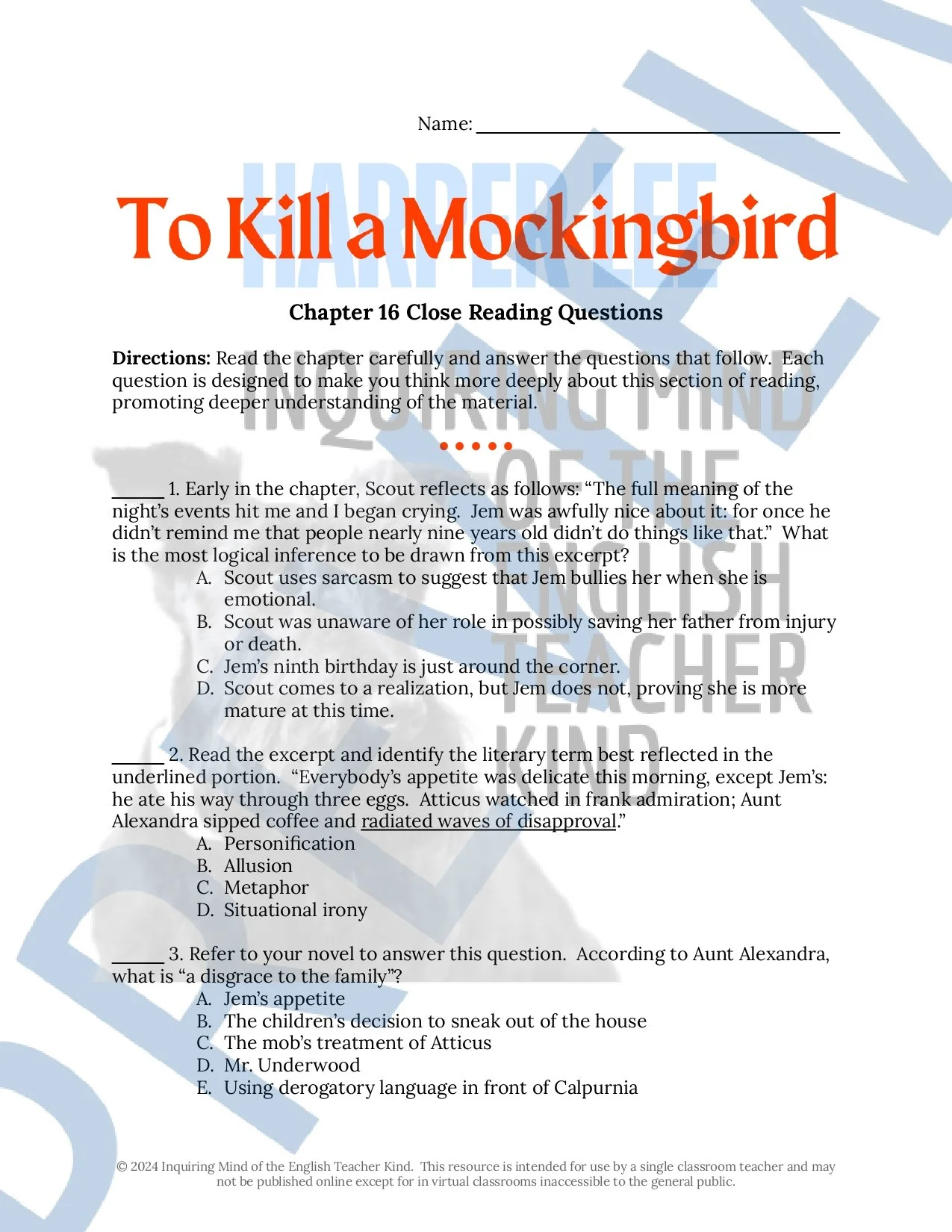 Image 49 of 100
Image 49 of 100

 Image 50 of 100
Image 50 of 100

 Image 51 of 100
Image 51 of 100

 Image 52 of 100
Image 52 of 100

 Image 53 of 100
Image 53 of 100

 Image 54 of 100
Image 54 of 100

 Image 55 of 100
Image 55 of 100

 Image 56 of 100
Image 56 of 100

 Image 57 of 100
Image 57 of 100

 Image 58 of 100
Image 58 of 100

 Image 59 of 100
Image 59 of 100

 Image 60 of 100
Image 60 of 100

 Image 61 of 100
Image 61 of 100

 Image 62 of 100
Image 62 of 100

 Image 63 of 100
Image 63 of 100

 Image 64 of 100
Image 64 of 100

 Image 65 of 100
Image 65 of 100

 Image 66 of 100
Image 66 of 100

 Image 67 of 100
Image 67 of 100

 Image 68 of 100
Image 68 of 100

 Image 69 of 100
Image 69 of 100

 Image 70 of 100
Image 70 of 100

 Image 71 of 100
Image 71 of 100

 Image 72 of 100
Image 72 of 100

 Image 73 of 100
Image 73 of 100

 Image 74 of 100
Image 74 of 100

 Image 75 of 100
Image 75 of 100

 Image 76 of 100
Image 76 of 100

 Image 77 of 100
Image 77 of 100

 Image 78 of 100
Image 78 of 100

 Image 79 of 100
Image 79 of 100

 Image 80 of 100
Image 80 of 100

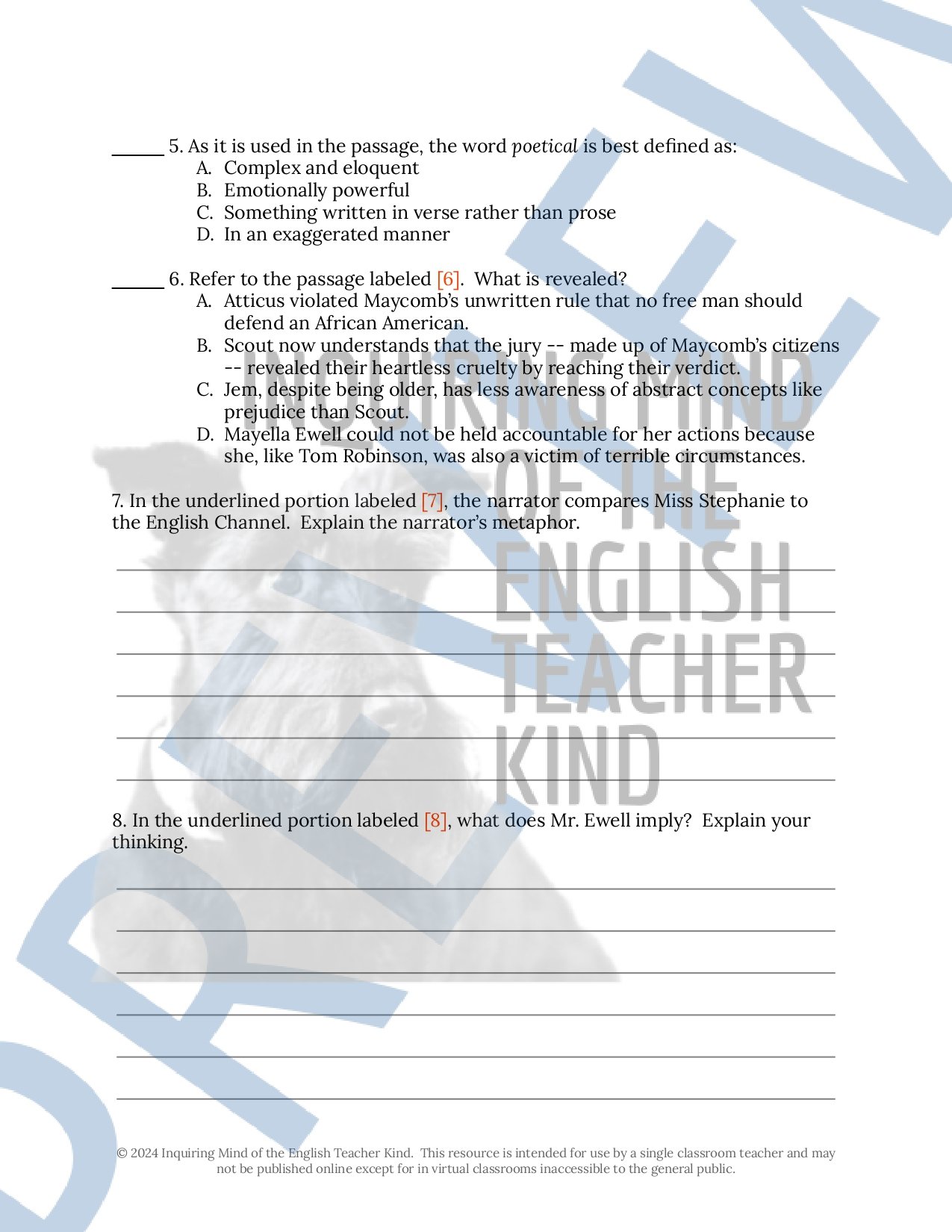 Image 81 of 100
Image 81 of 100

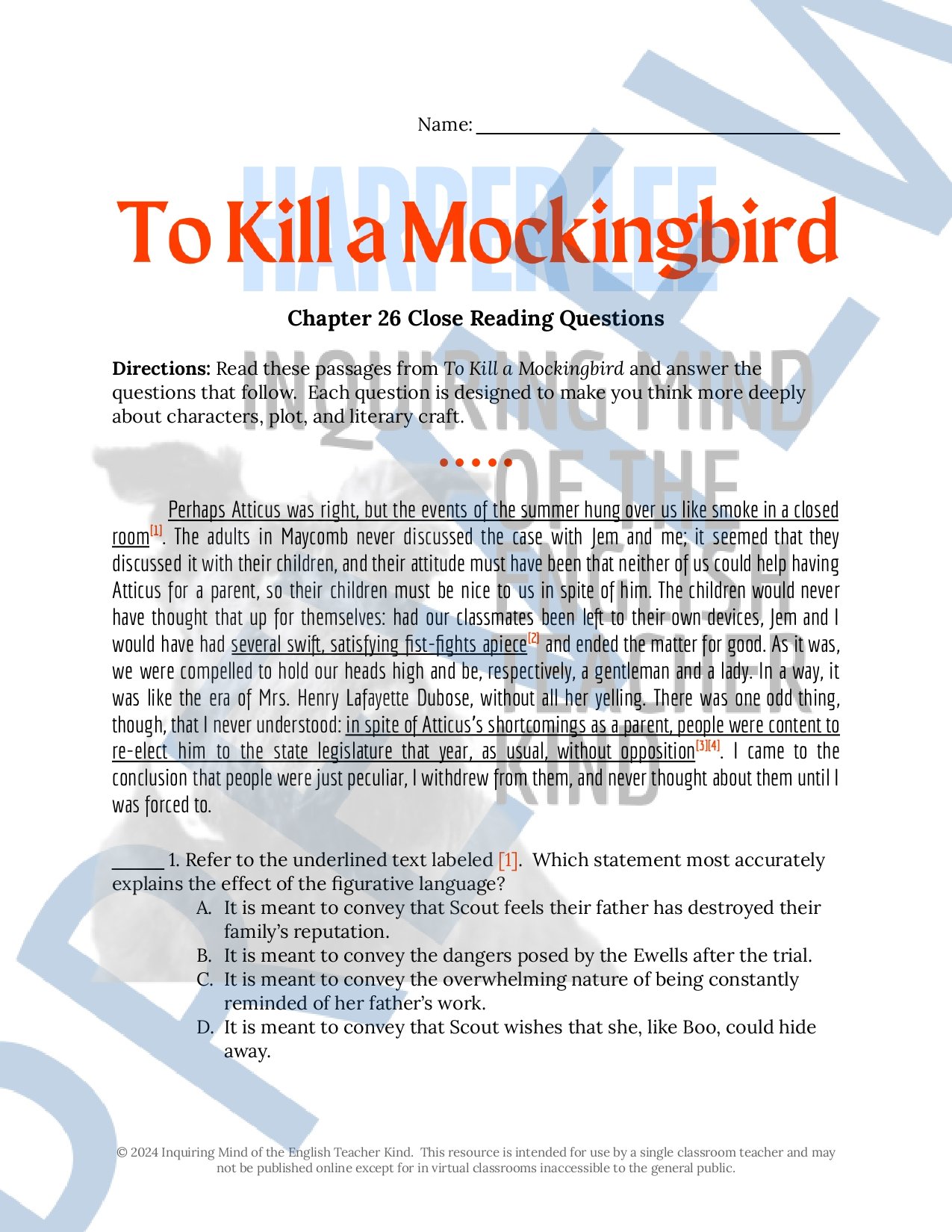 Image 82 of 100
Image 82 of 100

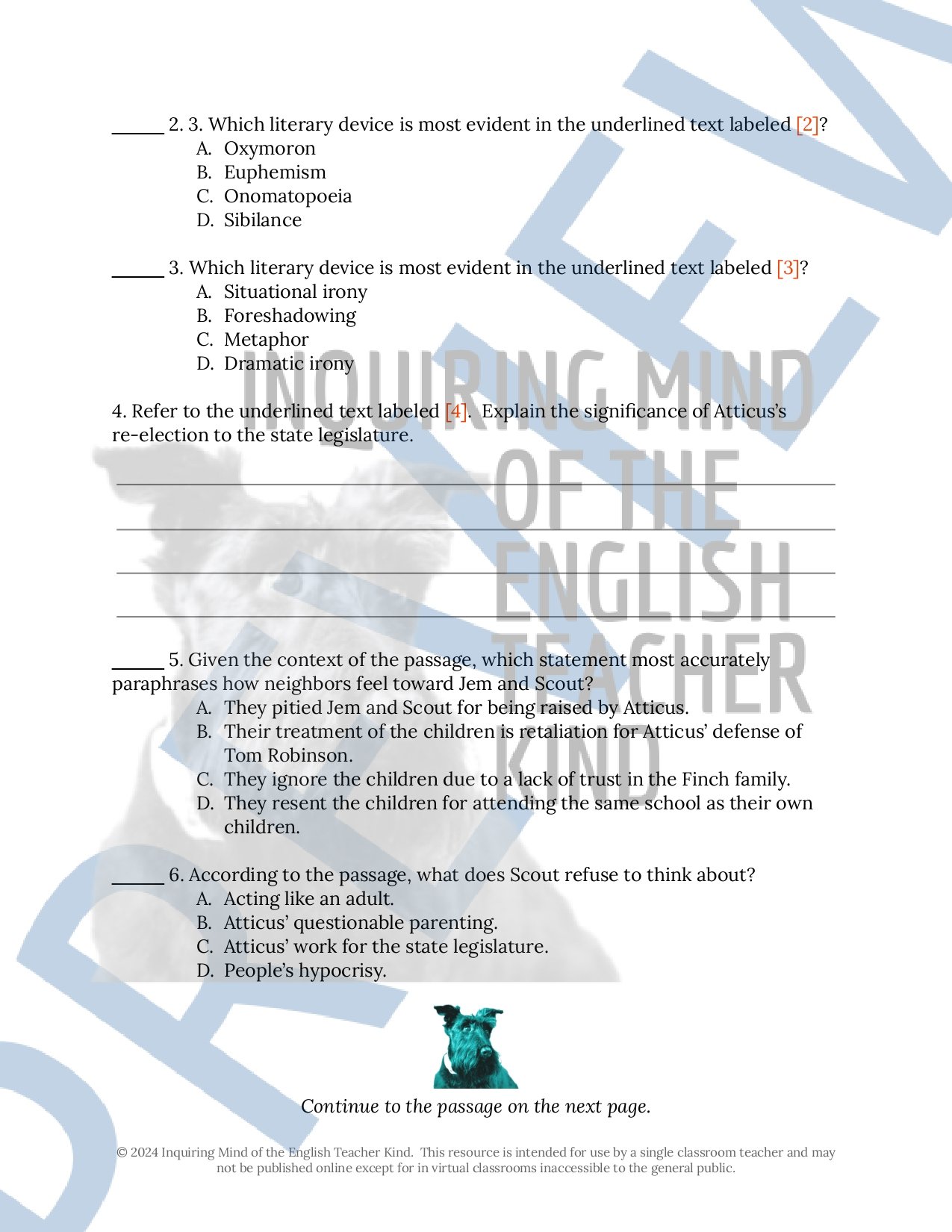 Image 83 of 100
Image 83 of 100

 Image 84 of 100
Image 84 of 100

 Image 85 of 100
Image 85 of 100

 Image 86 of 100
Image 86 of 100

 Image 87 of 100
Image 87 of 100

 Image 88 of 100
Image 88 of 100

 Image 89 of 100
Image 89 of 100

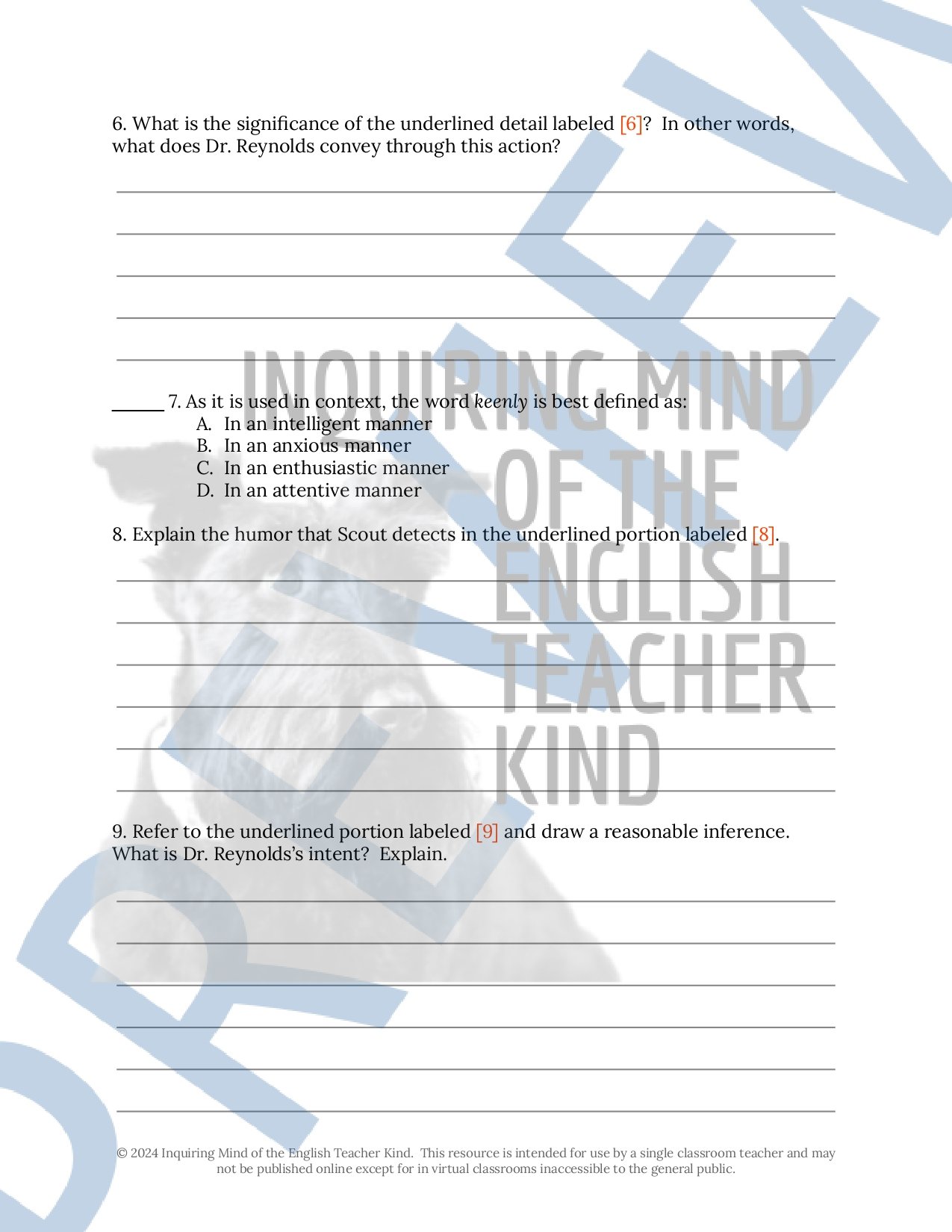 Image 90 of 100
Image 90 of 100

 Image 91 of 100
Image 91 of 100

 Image 92 of 100
Image 92 of 100

 Image 93 of 100
Image 93 of 100

 Image 94 of 100
Image 94 of 100

 Image 95 of 100
Image 95 of 100

 Image 96 of 100
Image 96 of 100

 Image 97 of 100
Image 97 of 100

 Image 98 of 100
Image 98 of 100

 Image 99 of 100
Image 99 of 100

 Image 100 of 100
Image 100 of 100





































































































To Kill a Mockingbird Close Reading Analysis Worksheets Bundle with Answer Keys
Challenge middle and high school students to push beyond basic reading comprehension and exercise close reading analysis skills while engaging with To Kill a Mockingbird by Harper Lee. Given the objective nature of the multiple choice questions, each close reading activity is rigorous enough for students to find deeper meaning in the novel, yet convenient enough for teachers to quickly and efficiently gather data on their students' textual analysis skills. In addition to helping students gain deeper understanding of the material and greater confidence in their ability to read and comprehend complex texts, this resource helps prepare students for standardized testing scenarios.
Included are thirty-one close reading worksheets (one per chapter) and answer keys. Materials are delivered in Word Document and PDF formats. (Alternatively, a Google Drive bundle option is available.)
By the end of the novel, students will have performed the following tasks:
Identify what the text states explicitly and implicitly
Discern the meaning of complex words and phrases in context
Analyze nuances in words with similar meanings
Choose the best synonyms to replace words or phrases without changing meaning
Analyze the author's stylistic choices and how they influence the reader
Determine the greater significance of given details
Examine plot developments from a historical perspective
Explore cause-and-effect relationships
Examine how complex characters think, behave, interact, and develop
Make informed predictions about character behavior
Apply knowledge of literary devices including dialect, metaphor, simile, personification, hyperbole, allusion, symbolism, dramatic irony, verbal irony, situational irony, and more
Determine the tone of given passages
Discern the functions of given passages
Conduct brief research on the Great Depression's influence on common Halloween practices, especially in the South
Consider theme in relation to plot developments
Support claims with sound reasoning and relevant textual evidence
Write about literature with clarity, accuracy, and precision
Resources are available for teaching a variety of classic texts:
Challenge middle and high school students to push beyond basic reading comprehension and exercise close reading analysis skills while engaging with To Kill a Mockingbird by Harper Lee. Given the objective nature of the multiple choice questions, each close reading activity is rigorous enough for students to find deeper meaning in the novel, yet convenient enough for teachers to quickly and efficiently gather data on their students' textual analysis skills. In addition to helping students gain deeper understanding of the material and greater confidence in their ability to read and comprehend complex texts, this resource helps prepare students for standardized testing scenarios.
Included are thirty-one close reading worksheets (one per chapter) and answer keys. Materials are delivered in Word Document and PDF formats. (Alternatively, a Google Drive bundle option is available.)
By the end of the novel, students will have performed the following tasks:
Identify what the text states explicitly and implicitly
Discern the meaning of complex words and phrases in context
Analyze nuances in words with similar meanings
Choose the best synonyms to replace words or phrases without changing meaning
Analyze the author's stylistic choices and how they influence the reader
Determine the greater significance of given details
Examine plot developments from a historical perspective
Explore cause-and-effect relationships
Examine how complex characters think, behave, interact, and develop
Make informed predictions about character behavior
Apply knowledge of literary devices including dialect, metaphor, simile, personification, hyperbole, allusion, symbolism, dramatic irony, verbal irony, situational irony, and more
Determine the tone of given passages
Discern the functions of given passages
Conduct brief research on the Great Depression's influence on common Halloween practices, especially in the South
Consider theme in relation to plot developments
Support claims with sound reasoning and relevant textual evidence
Write about literature with clarity, accuracy, and precision
Resources are available for teaching a variety of classic texts:
Challenge middle and high school students to push beyond basic reading comprehension and exercise close reading analysis skills while engaging with To Kill a Mockingbird by Harper Lee. Given the objective nature of the multiple choice questions, each close reading activity is rigorous enough for students to find deeper meaning in the novel, yet convenient enough for teachers to quickly and efficiently gather data on their students' textual analysis skills. In addition to helping students gain deeper understanding of the material and greater confidence in their ability to read and comprehend complex texts, this resource helps prepare students for standardized testing scenarios.
Included are thirty-one close reading worksheets (one per chapter) and answer keys. Materials are delivered in Word Document and PDF formats. (Alternatively, a Google Drive bundle option is available.)
By the end of the novel, students will have performed the following tasks:
Identify what the text states explicitly and implicitly
Discern the meaning of complex words and phrases in context
Analyze nuances in words with similar meanings
Choose the best synonyms to replace words or phrases without changing meaning
Analyze the author's stylistic choices and how they influence the reader
Determine the greater significance of given details
Examine plot developments from a historical perspective
Explore cause-and-effect relationships
Examine how complex characters think, behave, interact, and develop
Make informed predictions about character behavior
Apply knowledge of literary devices including dialect, metaphor, simile, personification, hyperbole, allusion, symbolism, dramatic irony, verbal irony, situational irony, and more
Determine the tone of given passages
Discern the functions of given passages
Conduct brief research on the Great Depression's influence on common Halloween practices, especially in the South
Consider theme in relation to plot developments
Support claims with sound reasoning and relevant textual evidence
Write about literature with clarity, accuracy, and precision
Resources are available for teaching a variety of classic texts:
Preview this resource:
Challenge middle and high school students to push beyond basic reading comprehension and exercise close reading analysis skills while engaging with To Kill a Mockingbird by Harper Lee. Given the objective nature of the multiple choice questions, each close reading activity is rigorous enough for students to find deeper meaning in the novel, yet convenient enough for teachers to quickly and efficiently gather data on their students' textual analysis skills.
